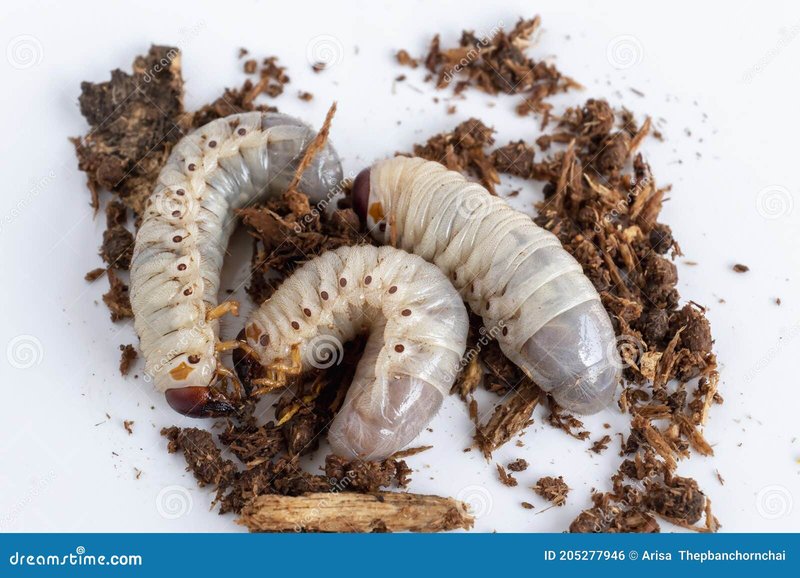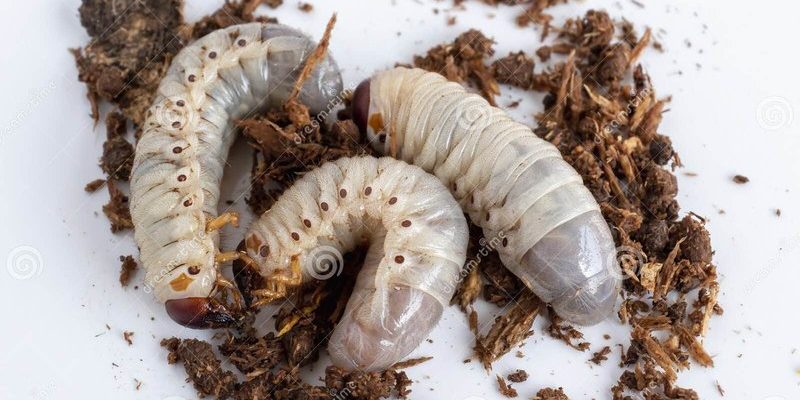
Farming grub worms might sound like something out of a science fiction novel, but it’s happening right now! Think of it like growing a mini farm in your backyard, where the main residents are these squiggly critters. They don’t just thrive on organic waste but also convert it into protein-rich food for animals. Stick with me as we explore how farming grub worms could change the game for animal feed.
What Are Grub Worms?
Grub worms, often referred to as black soldier fly larvae (BSFL), are the larval stage of the black soldier fly. These tiny creatures are known for their voracious appetites. They can munch through food waste, turning it into rich protein and fat. In fact, they can convert food scraps that would otherwise end up in a landfill into something incredibly valuable for animal nutrition.
You might be wondering how these little larvae compare to traditional animal feeds. Well, they contain **high levels of protein** (up to 40-50%) and essential fatty acids. This makes them an excellent alternative to fishmeal and soy, two common ingredients in animal feed. Plus, they’re environmentally friendly since they help reduce waste and promote a circular economy.
Why Farm Grub Worms?
Farming grub worms can offer a host of benefits, especially as we look for more sustainable ways to feed our animals. For starters, they require far less land and water than traditional livestock. In fact, raising grub worms can be done in small spaces, and they thrive on organic waste. Imagine transforming kitchen scraps into high-quality feed—how cool is that?
Moreover, grub worms have a rapid growth cycle. They can reach harvest size in just a few weeks. This fast turnaround makes them an attractive option for farmers looking to increase their feed supply quickly. On top of that, they can help combat climate change by reducing methane emissions from decomposing food waste in landfills.
The Nutritional Profile of Grub Worms
When considering grub worms as animal feed, you can’t overlook their impressive nutritional profile. They aren’t just a trendy alternative; they’re packed with a variety of nutrients that animals need to thrive.
– **Protein Content:** As mentioned earlier, grub worms have about **40-50% protein** content. This is significantly higher than many traditional feed sources.
– **Healthy Fats:** They also contain essential fatty acids like Omega-3 and Omega-6, which are important for animal health.
– **Vitamins and Minerals:** Grub worms are rich in vitamins like B12, calcium, and phosphorus. These nutrients play key roles in bone health and overall vitality.
By integrating grub worms into animal diets, livestock can benefit from this nutrient-dense food source, leading to healthier animals and potentially higher yields in milk or meat production.
How to Farm Grub Worms
Farming grub worms is more accessible than you might think. Here’s a simple overview of how you can start:
1. **Set Up a Suitable Environment:** You’ll need a warm, dark place with good ventilation. A simple container can work, and many farmers use plastic bins with holes drilled for airflow.
2. **Feed Them Right:** Grub worms love organic waste! You can feed them fruit and vegetable scraps, grains, or even leftover meals. Just avoid anything oily or spicy, as it can harm them.
3. **Maintain Conditions:** Keep the environment moist but not too wet. It’s essential to monitor the temperature and humidity levels to ensure optimal growth.
4. **Harvesting:** After about 2-4 weeks, your grub worms will be big enough to harvest. You can simply scoop them out and prepare them for animal feed.
This method not only provides food for your animals but also helps recycle waste. It’s a win-win!
Challenges of Farming Grub Worms
While farming grub worms is promising, it’s not without its challenges. You might face a few hurdles, especially if you’re just starting out.
– **Initial Setup Costs:** Though they’re not excessive, you’ll need to invest in some containers and a suitable environment. This can require some upfront effort.
– **Learning Curve:** Just like any other farming venture, there’s a bit of a learning curve. It may take time to understand the best feeding practices and maintenance for optimal growth.
– **Market Acceptance:** If you plan on selling your grub worms as animal feed, be aware that some markets may not be fully on board yet. Education about the benefits and safety of grub worms is vital.
Don’t let these challenges deter you, though! With a little research and patience, you can overcome these obstacles.
Grub Worms vs. Traditional Animal Feeds
Now, you’re probably asking yourself how grub worms stack up against traditional animal feeds. Let’s break down some key comparisons:
– **Sustainability:** Grub worms are a more sustainable option. They reduce organic waste and require fewer resources to produce compared to soy or fishmeal.
– **Cost-Effectiveness:** While there may be initial costs to set up grub worm farming, they can offer a more affordable protein source in the long run. Traditional feed prices fluctuate, while grub worms are less dependent on commodity markets.
– **Nutritional Value:** As mentioned before, grub worms offer a **high protein content** and essential nutrients, putting them on par, if not ahead, of some conventional feeds.
Choosing between grub worms and traditional feeds can come down to personal preference and specific animal needs, but grub worms are certainly a worthwhile consideration.
Farming grub worms as animal feed is not just a quirky idea—it’s a **sustainable, nutritious, and innovative solution** that could help reshape the future of animal husbandry. By utilizing grub worms, we can reduce waste, provide high-quality nutrition, and make a positive impact on the environment.
So, why not think about launching your own grub worm farm? It might just be the next step in promoting sustainability in your own backyard or business. Embracing this natural alternative could not only feed your animals but also contribute to a greener planet for generations to come.

